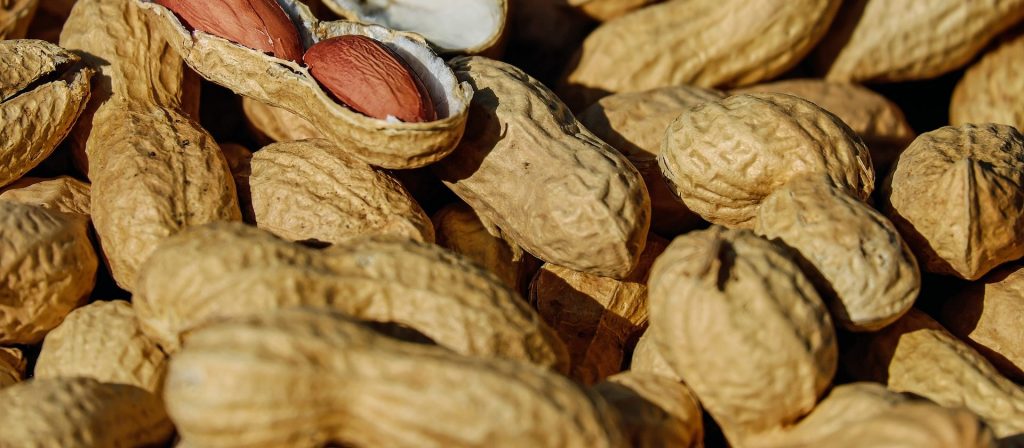Breeding peanuts: Study identifies faster way to check for healthy traits

The lengthy process of breeding better peanut plants can be sped up by using a biophysics technique, Raman spectroscopy, a newly published study says.
Texas A&M AgriLife biophysicists and plant breeders have demonstrated the use of Raman spectroscopy to quickly scan the levels of oleic acid in peanuts. Oleic acid, a monounsaturated oil, lends peanuts a longer shelf life. The oil is also healthy for the heart.
They also used the method to determine how resistant plants are to nematode pests.
Using Raman spectroscopy is quicker, cheaper and more portable than standard approaches of screening peanut varieties for these beneficial traits. The study was recently published in Scientific Reports.
“We’ve shown that the method can save a huge amount of time in our screening process,” said John Cason, Ph.D., coauthor and Texas A&M AgriLife Research peanut breeder, Stephenville. “You can get a ‘fingerprint’ of a particular peanut and tease out large amounts of information. The possibilities are endless.”
“Raman spectroscopy is commonplace in biochemistry but mostly unknown in the world of farmers and plant breeders,” said Dmitry Kurouski, principal investigator of the study and assistant professor in the Department of Biochemistry and Biophysics, Texas A&M College of Agriculture and Life Sciences. “Yet it is portable, inexpensive, accurate and fast, and can transform digital farming.”
Funding for the study came from AgriLife Research and the Governor’s University Research Initiative. In addition, the Texas Peanut Producers Board and Southwestern Peanut Shellers Association provided funding for Cason’s group to buy a hand-held Raman spectrometer.

